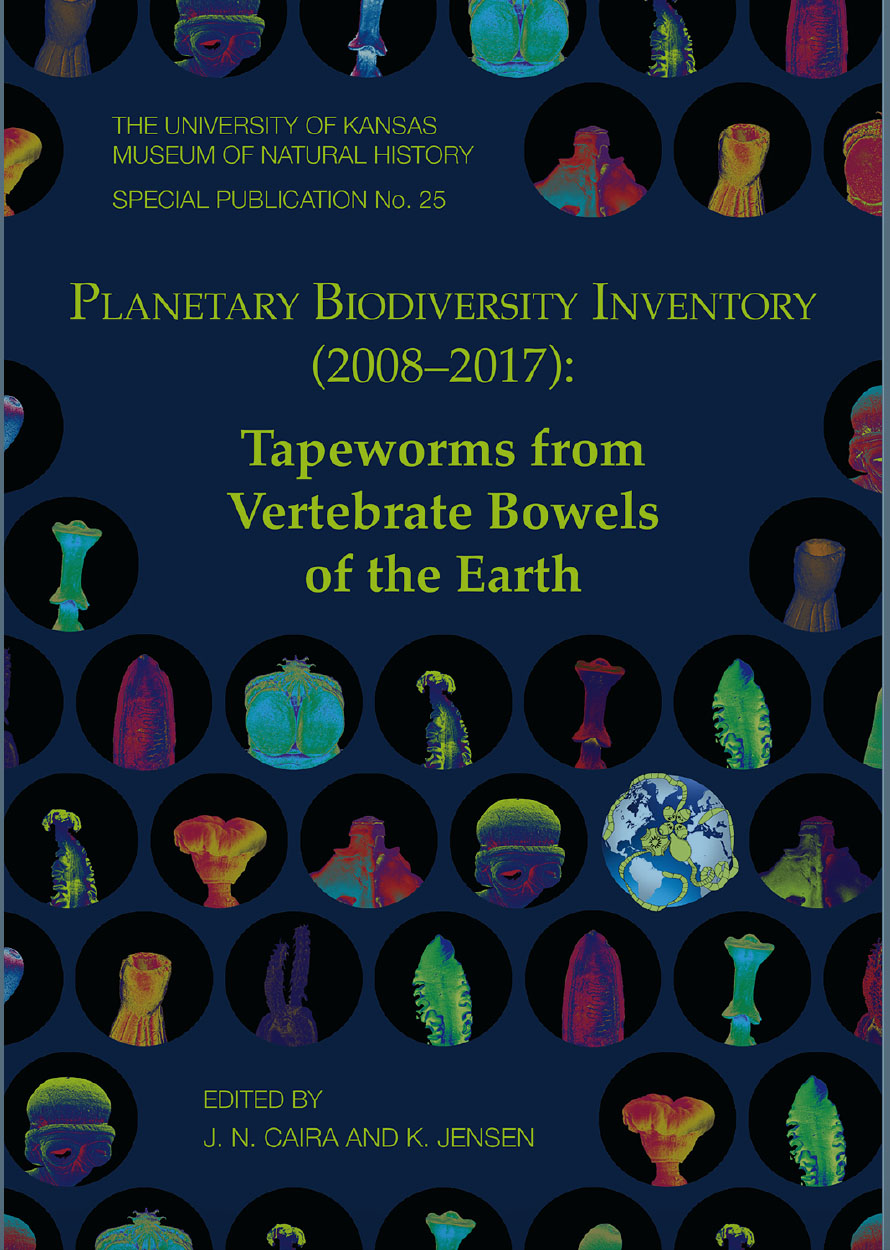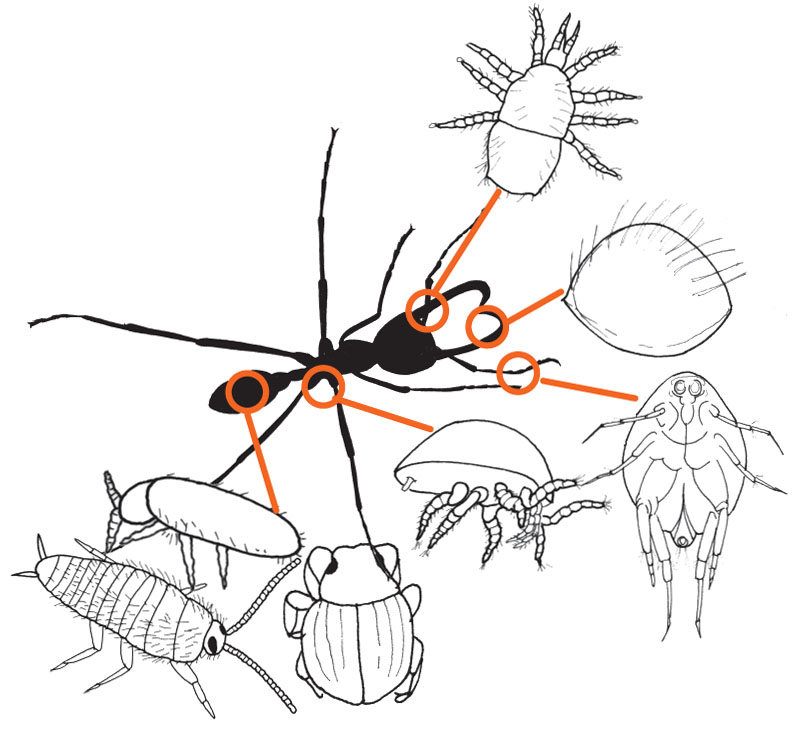Members of the Goffinet lab contributed to this study for which voucher specimens are deposited in the CONN herbarium.
Carvalho-Silva M., M. Stech, L.H. Soares-Silva, W.R. Buck, N. J. Wickett, Y. Liu & P.E.A.S. Câmara. 2017. A molecular phylogeny of the Sematophyllaceae sl (Hypnales) based on plastid, mitochondrial and nuclear markers, and its taxonomic implications. Taxon 66: 811–831.
Abstract reads: The Sematophyllaceae s.l. (Sematophyllaceae + Pylaisiadelphaceae) is a family of pleurocarpous mosses that is widely distributed throughout the globe, with centers of diversity in tropical forests. The circumscriptions of the family and its genera have been unstable, due to reductions in morphological complexity and alternative weightings of discrete morphological traits. Based on a sample spanning much of the generic diversity of the family, we inferred the phylogenetic relationships within the Sematophyllaceae s.l. from the variation in eight molecular markers from all three genomes (nuclear, mitochondrial, chloroplast). The Sematophyllaceae s.l. was resolved as monophyletic, as was the Sematophyllaceae s.str.; whereas the Pylaisiadelphaceae was found to be paraphyletic, although its monophyly could not be rejected. The morphological definition of the Pylaisiadelphaceae remains dubious, in the absence of unambiguous synapomorphies. The relationships of the clades of Pylaisiadelphaceae and Sematophyllaceae are discussed with respect to the circumscription of morphogenera, with a focus on the Sematophyllaceae crown clade (Aptychopsis, Chionostomum, Colobodontium, Donnellia, Macrohymenium, Paranapiacabaea, Pterogoniopsis, Rhaphidorrhynchium, Schroeterella, Sematophyllum, Warburgiella). Most genera of Sematophyllaceae were resolved as polyphyletic (e.g., Acroporium, Donnellia, Schroeterella, Sematophyllum, Trichosteleum) indicative of severe homoplasy in their putative diagnostic traits. We propose 4 new genera (Brittonodoxa, Microcalpe, Pocsia, Vitalia) and 19 new combina- tions (Aptychopsis cylindrothecia, A. estrellae, A. tequendamensis, Brittonodoxa allinckxiorum, B. cataractae, B. lithophila, B. squarrosa, B. steyermarkii, B. subpinnata, Microcalpe subsimplex, Pocsia matutina, Pterogoniopsis paulista, Schroeterella exigua, Trichosteleum amnigenum, T. lonchophyllum, Vitalia caespitosa, V. cuspidifera, V. esmeraldica, V. galipensis).


 Drs. Janine Caira and Kirsten Jensen edited a special volume of the University of Kansas, Museum of Natural History publication entitled “
Drs. Janine Caira and Kirsten Jensen edited a special volume of the University of Kansas, Museum of Natural History publication entitled “
 The exhibit on the life of army ants and their guests has opened in the Biology/Physics building (see
The exhibit on the life of army ants and their guests has opened in the Biology/Physics building (see  Robert S. Capers (CONN’s collection manager) and Nancy G. Slack are being recognized by the
Robert S. Capers (CONN’s collection manager) and Nancy G. Slack are being recognized by the